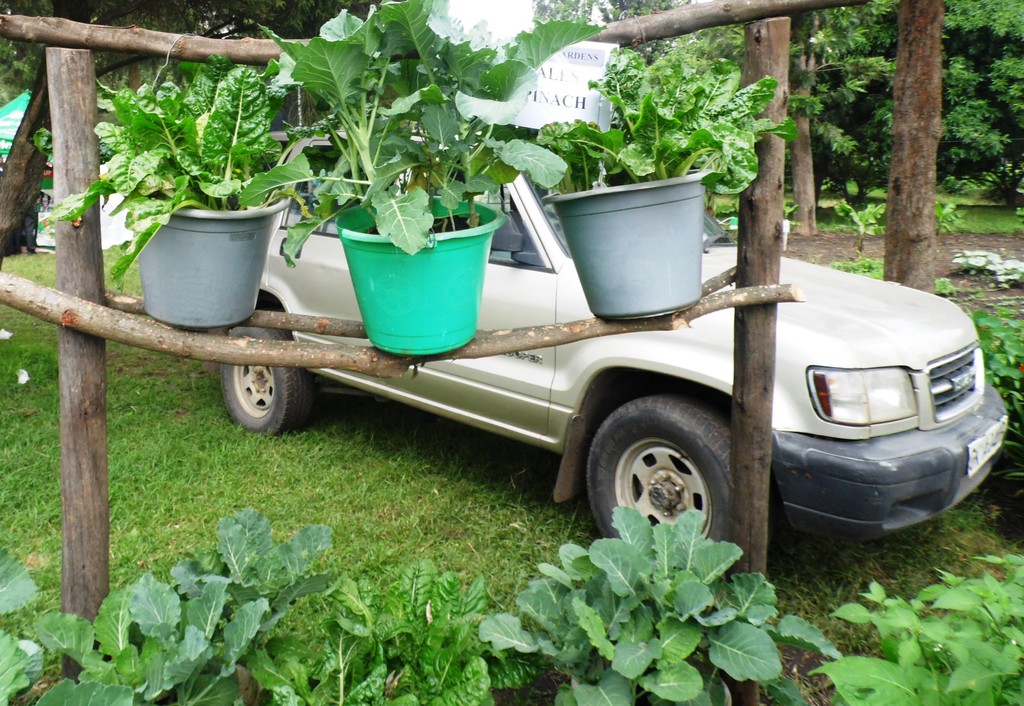A Nyamira County youth group, which moved to value addition, has increases the earnings from one banana finger by more than six times as demand for other products of the fruit continues to surge.
Afro Ochieng, an official of Misire Youth Group, said one finger of a banana, which usually costs Sh5 when sold ripe or raw can be chopped into crisps before packaging for sale.
He says it is the commonest way of adding value to the banana because it has a shelf-life of more than two weeks.
“An average finger gives crisps worth Sh30 while bigger ones can earn up to Sh50 net profit after packaging and frying,” he said.
Do the maths
A banana of 80kg has about 1,500 fingers of varied weights. On average, if each finger gives crisps of Sh30, then the entire fruit would earn a gross income of Sh45,000.
The same banana when sold for plantain or ripening would hardly fetch Sh1,500.
Apart from cooking, bananas are baked into loaves of bread, cakes of various types, biscuits, among other products.
READ ALSO: Super fertilizer that add 10 kilos to banana yields
Baking money from bananas
The group, which has more than 50 members, bakes cakes, loaves of bread, biscuits as well as selling flour, Ochieng said.
A banana of 30 kg is processed into four and half kilos of flour, which fetch Sh900 when sold raw.
“Processing four kilos of banana flour requires at least two and half kilos of charcoal or saw dust of the same mount in the baking process. When mixed with wheat flour in the same ratio, we make 30 loaves of 400g from the four kilos,” he said.
READ ALSO: Kisii farmers triple earnings making banana queen cakes
No waste
The Nyamusi Sub-county youth group, which is sponsored by the World Vision, sells the loaves of bread and cakes to major retail outlets like supermarkets in the Nyanza and rift valley regions.
A 400g loaf of bread costs Sh40.
READ ALSO: Vitamin A rich bananas to the rescue of E. Africans
The green covers of the banana are also ground into flour for sale. He says tests have shown the covers are rich in vitamin A. The powder also boosts immunity besides decreasing the severity of ulcers.
PHOTO:Afro OchIEng displays baked banana products at the Kisii agricultural showground on July 15,2016. Misire Youth group earns more than six times from banana value addition. PHOTO BY LABAN ROBERT.
Write comment (0 Comments)

















